Trigonometry
Angles
What’s the deal with angles anyway?
Before we even get into trigonometry, we need to discuss angles. Don’t worry. Things are not going to get too crazy. I promise.
Let’s go over the basics first.
Degree. One-three-hundred-and-sixtieth of the circumference of a circle. It is also the unit by which we measure angles.
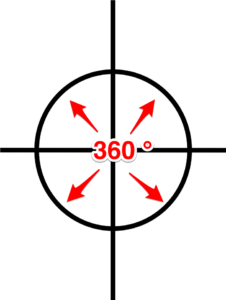
Angle. This is the space between two intersecting lines.
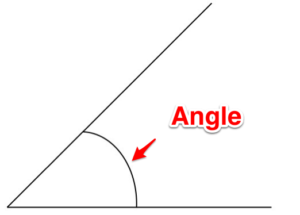
Complementary angles. These are two angles whose sum equals 90 degrees.
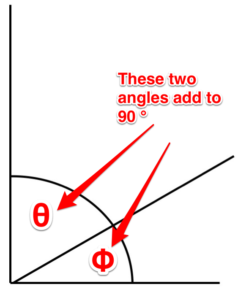
Supplementary angles. These are two angles whose sum equals 180 degrees.
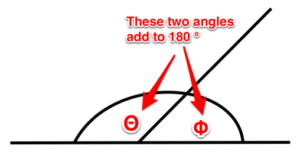
Acute angle. An angle that is less than 90 degrees.
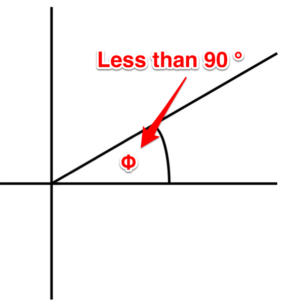
Obtuse angle. An angle that is greater than 90 degrees.

Similar angles. It is possible for triangles to each have different sized sides but share the same sized angles. These are called similar angles.
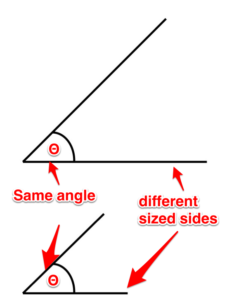
Right angle. This is an angle that is 90 degrees.
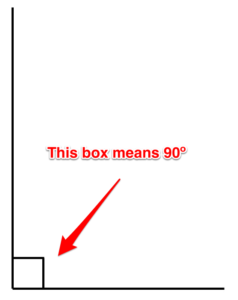
There is a ton of information about angles that we don’t need to get into. Remember: Try not to overcomplicate things. Just focus on the basics and you’ll be fine.
Next up: Triangles

